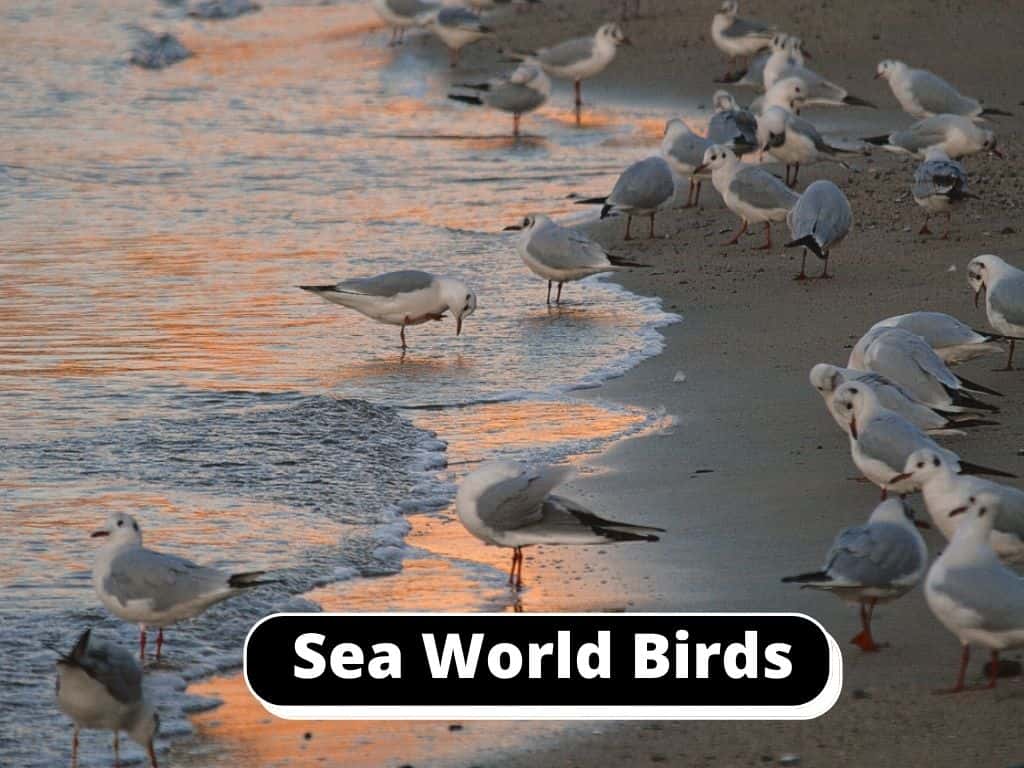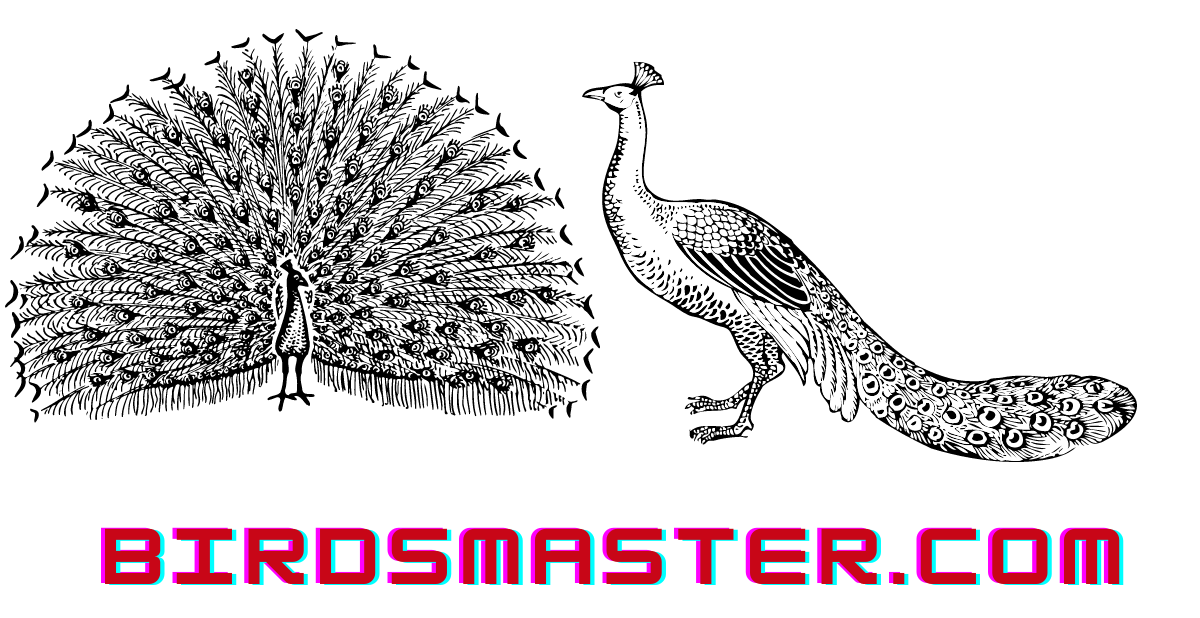Sea world birds are species of birds that have adapted to the marine environment. Sea world birds have undergone drastic changes in their lifestyles, behaviors, and physiology, often showing interesting convergent evolution.
Whenever we think of the sea world birds, we see a flock of birds running on endless dew. Although this is not true for all the sea world birds. Because there are some seabirds that like to hide. The lifestyle of seabirds varies from species to species.
Table of Contents
Also Read: Birds That Look Like Cardinals
Today we will discuss 10 sea world birds. Which are usually always seen on the beach. Let’s get to know the familiar sea world birds.
1. Albatross

The world’s largest seabird is the albatross. The first fossil of this prehistoric bird was discovered in 1973 near Charleston Airport in South Carolina, USA. Fossils studied the fossils and found that the wingspan was 21 feet or 6.4 meters. The length of the albatross is 12 feet or 3.5 meters.
Albatrosses are great species of pelagic birds. There are many sea world birds in the world, of which albatrosses walk well on land. There are a total of 22 species of albatross in the world, all of which belong to the Diomedeidae bird family.
2. Penguin

Penguins live around the South Pole. They are all diurnal and sea dwellers. Great swimmer and chase fish. Unable to walk, but lying on his back, he moved forward on the ice with two hands clasped.
Penguins walk with their bodies upright. Everyone looks the same, but different than the height. Tall emperors stretch to 125 cm or more, small penguins can rarely cross 30 cm.
Penguins love their own kind of organization. These do not practically nest; They form a community of innumerable noises. Often close to other marine colonies.
3. Auk

There are many species of auk in the world, but the difference is in the shape of the body, these birds are well adapted to the North Sea and cold water. All kinds of puffins, guillemots and murres are species of auks. Auk birds usually move straight on the ground but can be a little clumsy while walking. Most birds have black and white plumage. There are also some auk birds, many of which have colorful bills or distinctive markings. All auks are members of the Alcidae bird family.
4. The booby bird
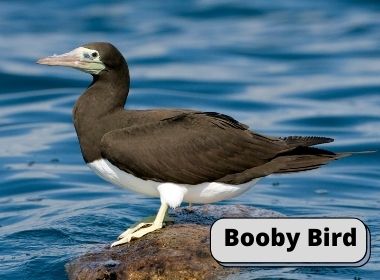
The booby is a large species of sea bird closely related to the genus Janet. Bubiras spend their lives fishing in the sea and are found along the eastern coast of Central and South America and across the tropical islands west of the Galapagos Islands in the South Pacific.
Their top speed is 60 miles per hour. The booby bird lifespan is 12 to 18 years. Their body weight is 0. 9 kg to 1.8 kg. Their body height is 64 cm to 91 cm.
5. Frigatebird
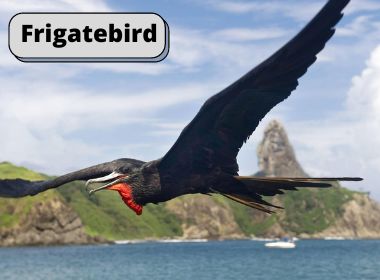
A frigatebird is a bird that has the largest wingspan compared to its body size. There are five distinct species of frigatebirds found near tropical and subtropical coasts around the world. Because of their large wings, these birds can fly for hours, even weeks, even weeks. They have a slender black body and wings. And men have a very unique red pouch that swells when they are trying to attract a mate.
Frigatebird’s scientific name is a frigate. Sometimes spelled frigate. This is a suborder pecan formus family, known as Fragatidae. Fragatidae is all families of birds. These are defined as seabirds with webbed legs.
6. Fulmar
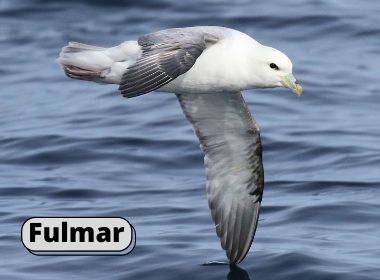
Fulmer is a member of the tuberculosis marine tea family Procelaridae. This family consists of two species, the conventional species and the two extinct fossil species Miocene.
Fulmars are delicately similar to roses but are easily distinguished by their hard wings and flight through their tubenoses. They breed by laying one or two rare eggs on steep, bare rock shores or on the tops of grasses. Outside of the breeding season, their prey is plagues, fish, squid and other open sea animals. These birds have a long life span, i.e. up to 40 years.
Historically, North Fulmer lived in the area of the Isle of St. Kilda, where it was widely hunted. The species has spread to the coasts of England and northern France, south of its breeding ground.

